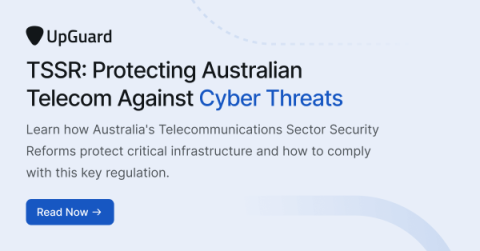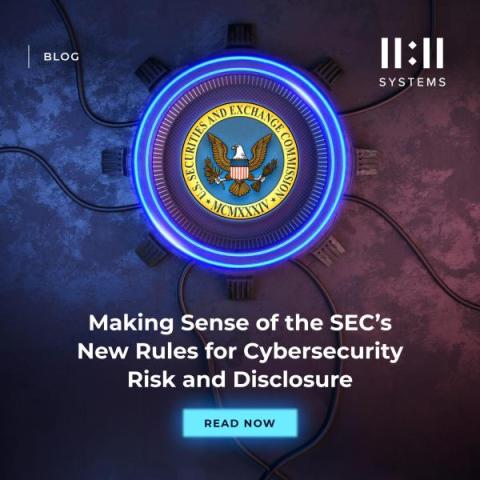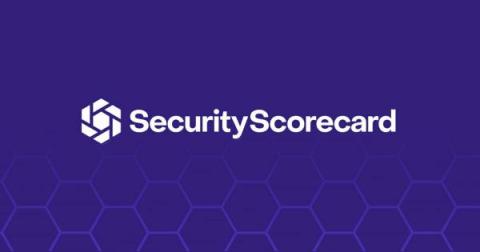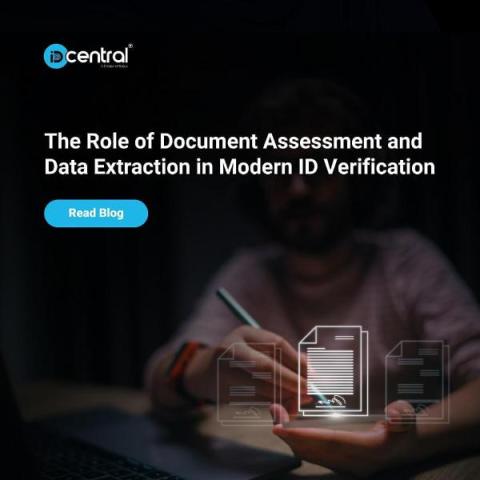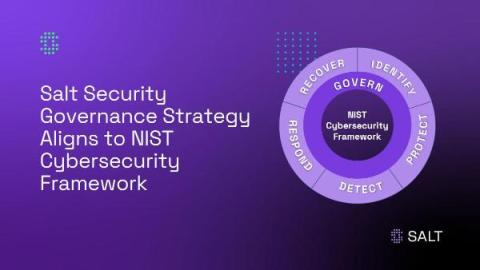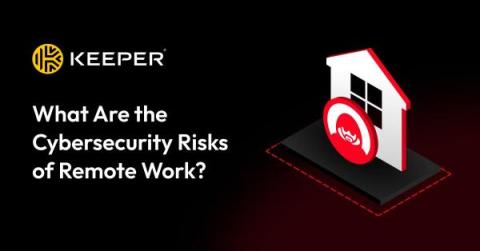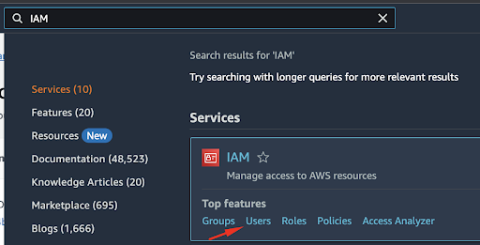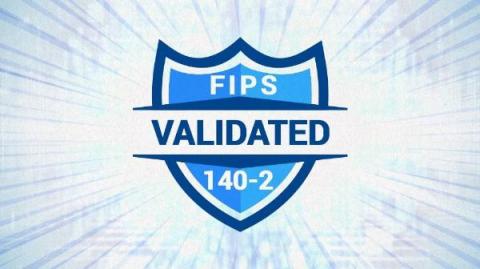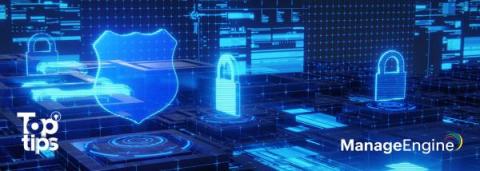TSSR: Protecting Australian Telecos Against Cyber Threats
The telecommunications sector provides critical infrastructure for many countries, enabling the exchange of information across various industries. Due to the widespread use of digital information in telecommunications, the sector has become a prime target for cyber threats from hackers, state actors, and cyber criminals. In 2023, telecommunications experienced higher credential stuffing rates than other sections, according to F5.


